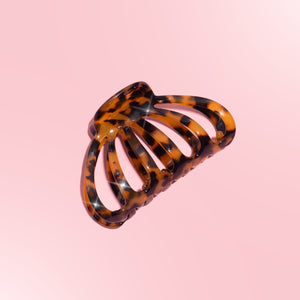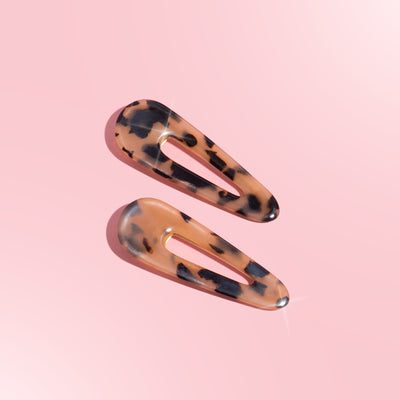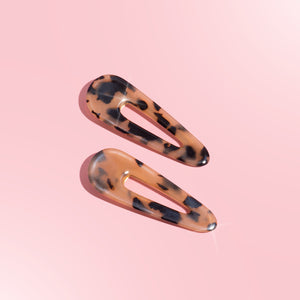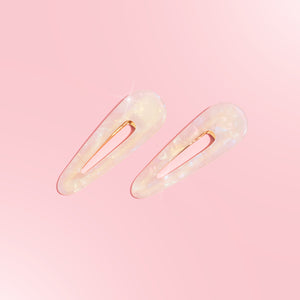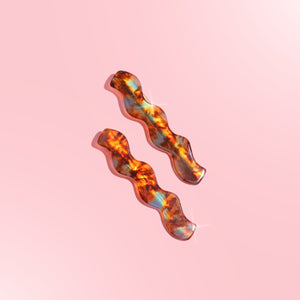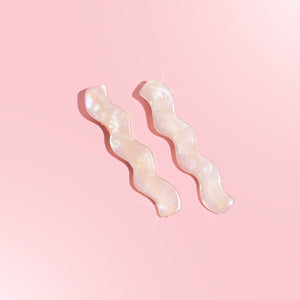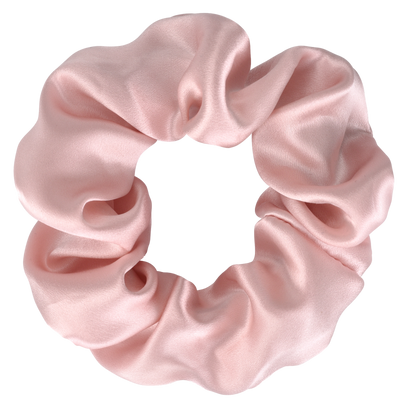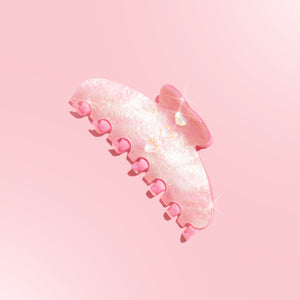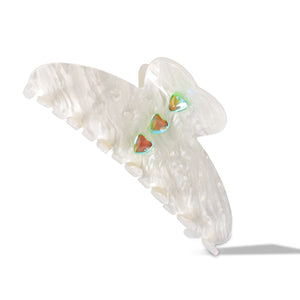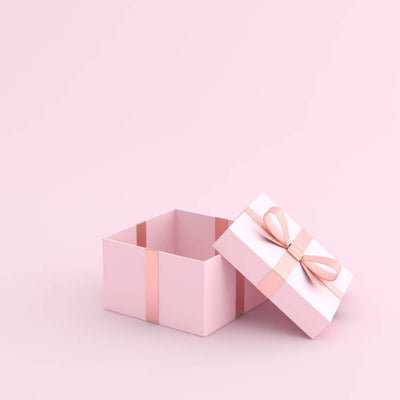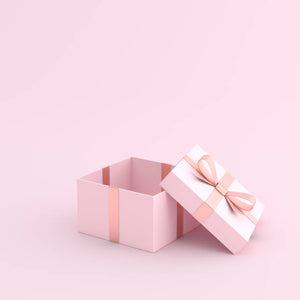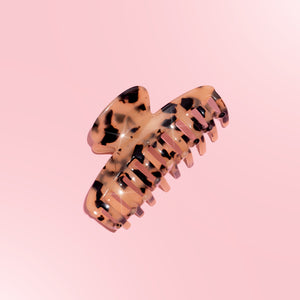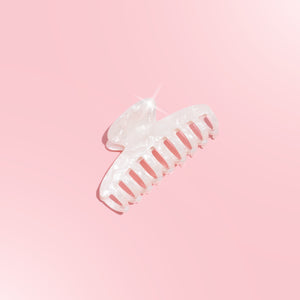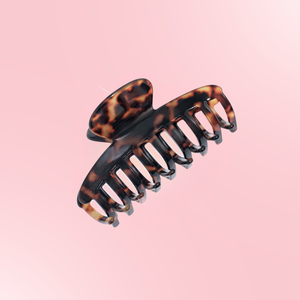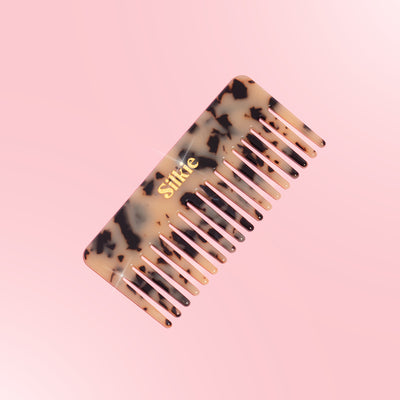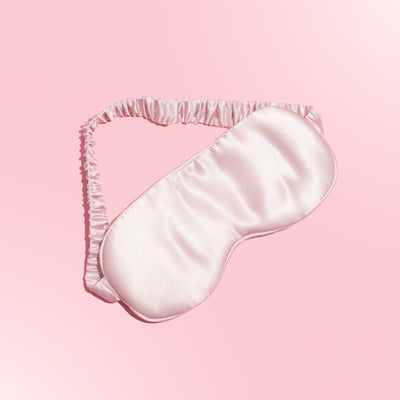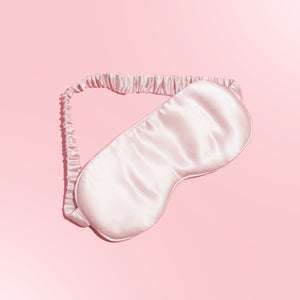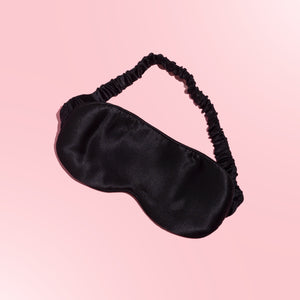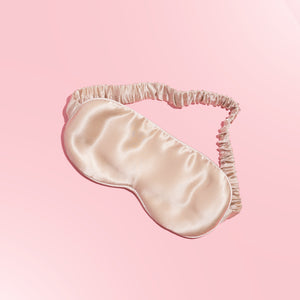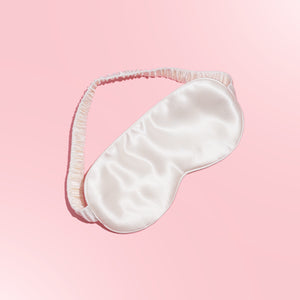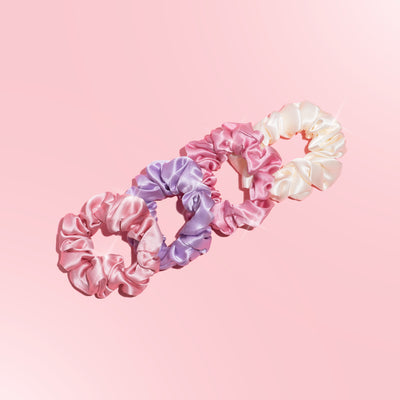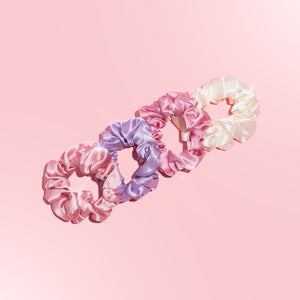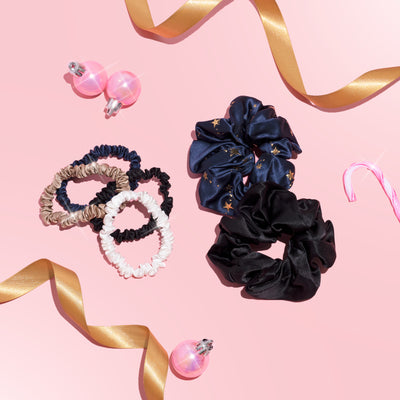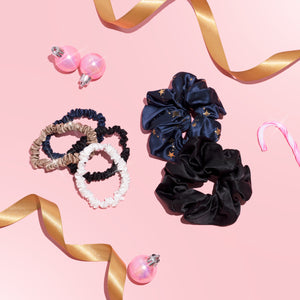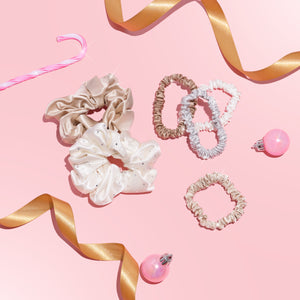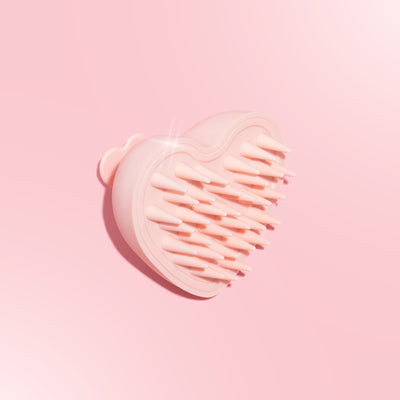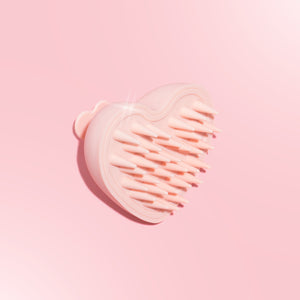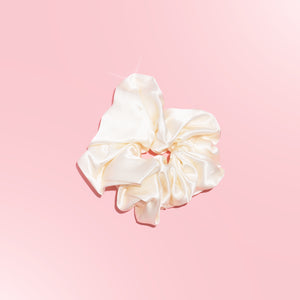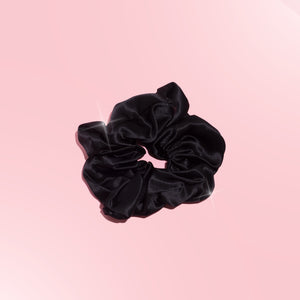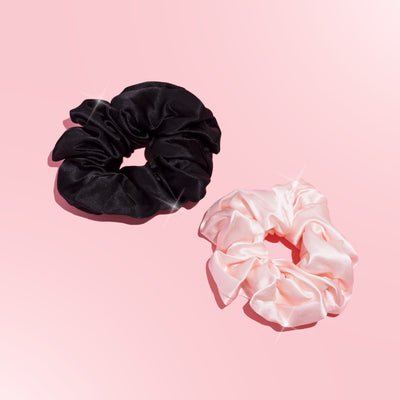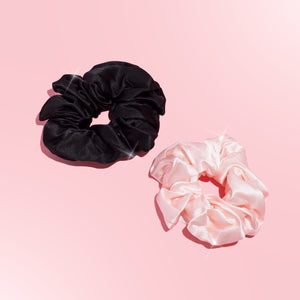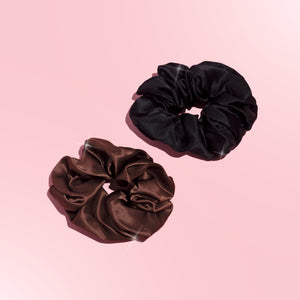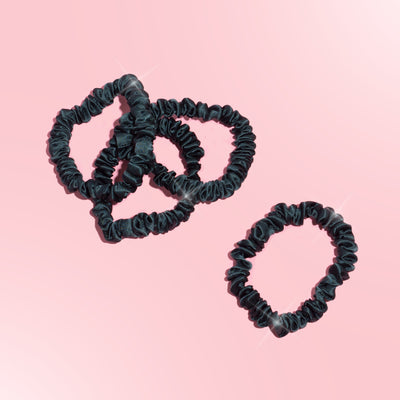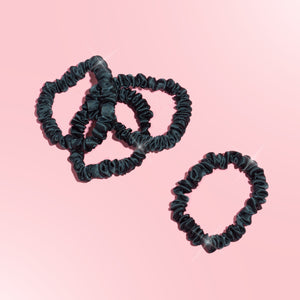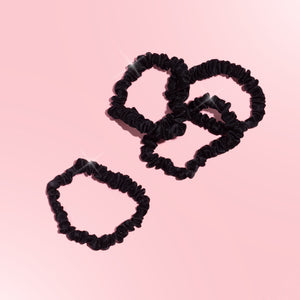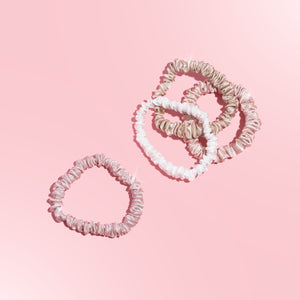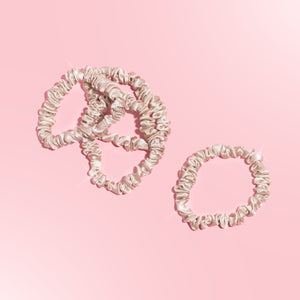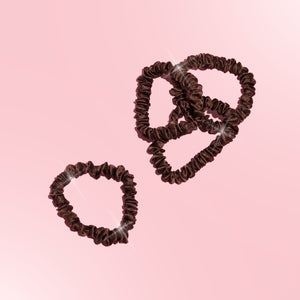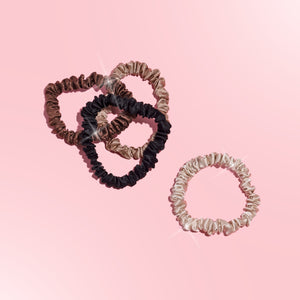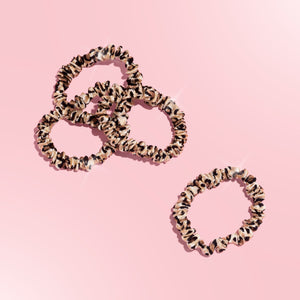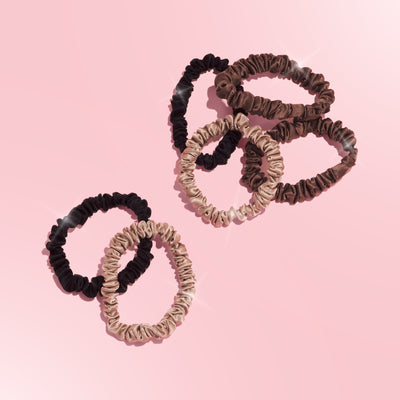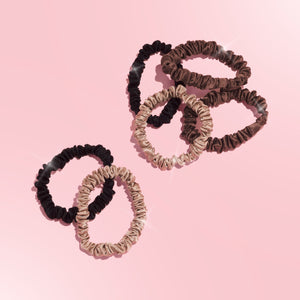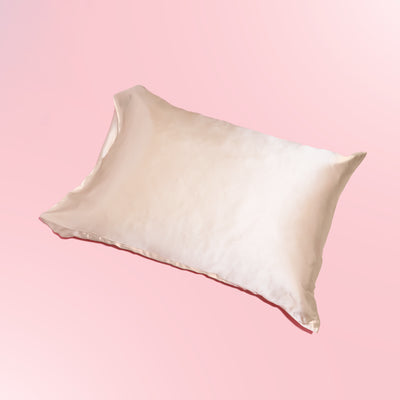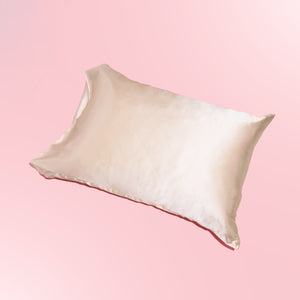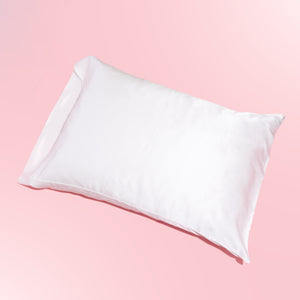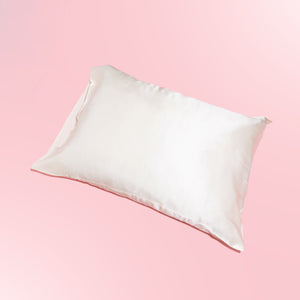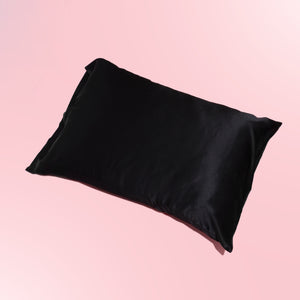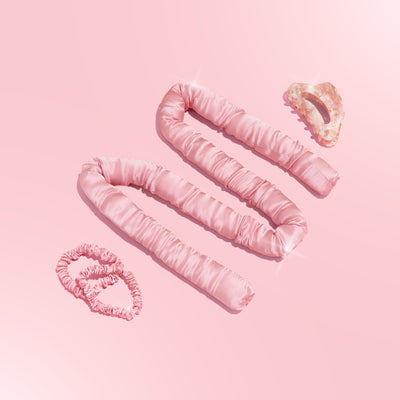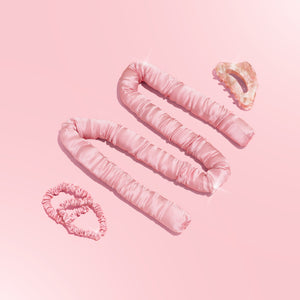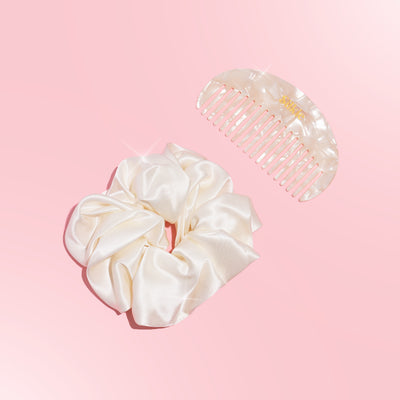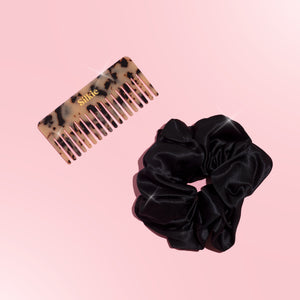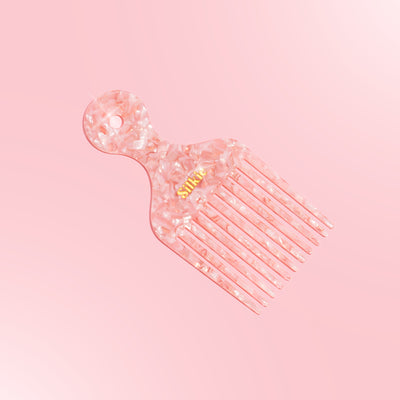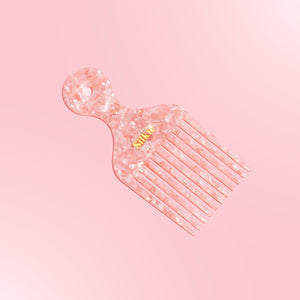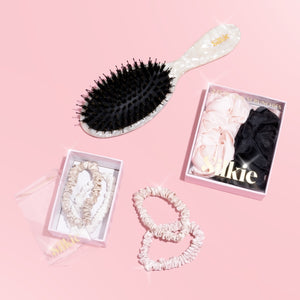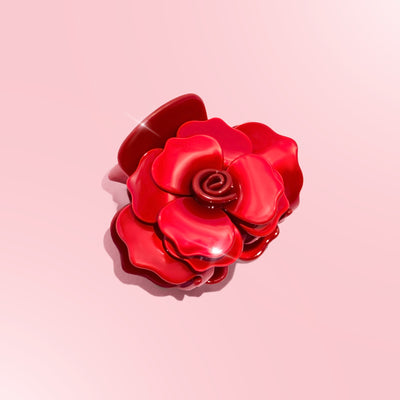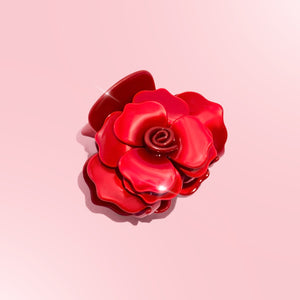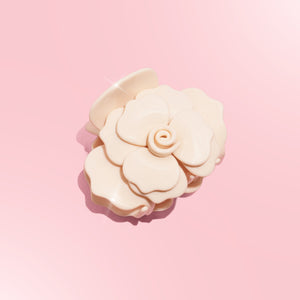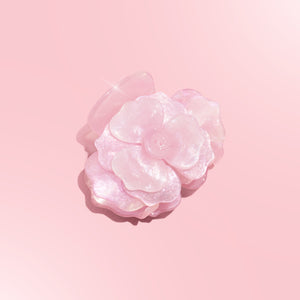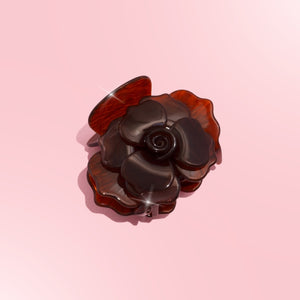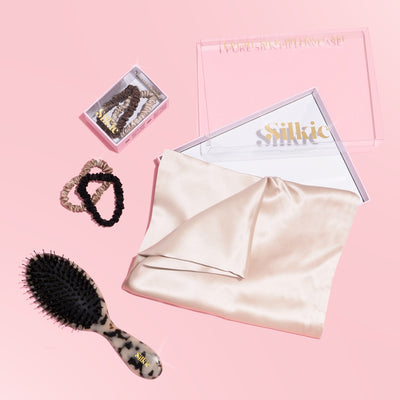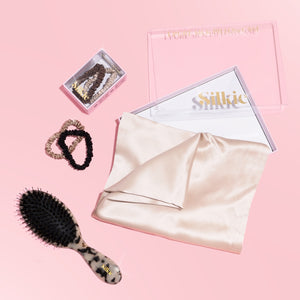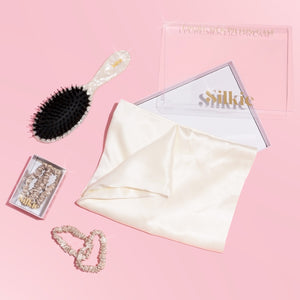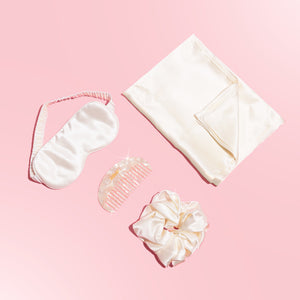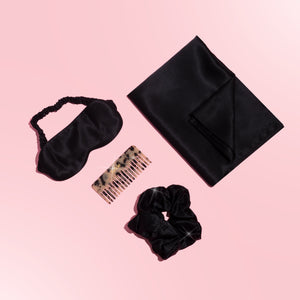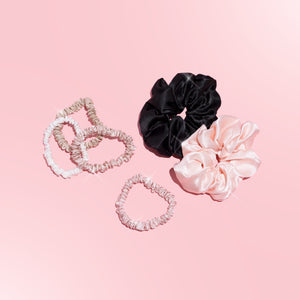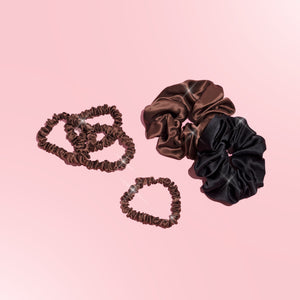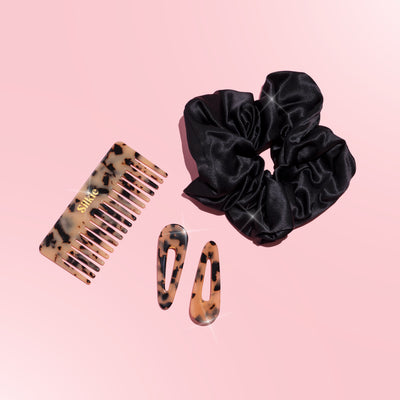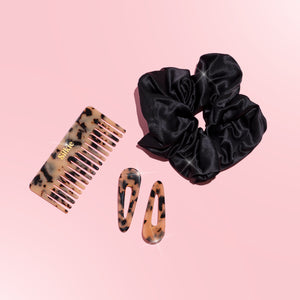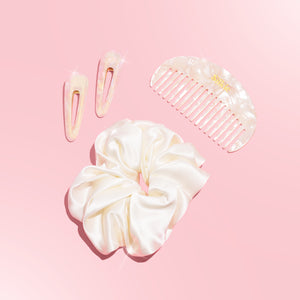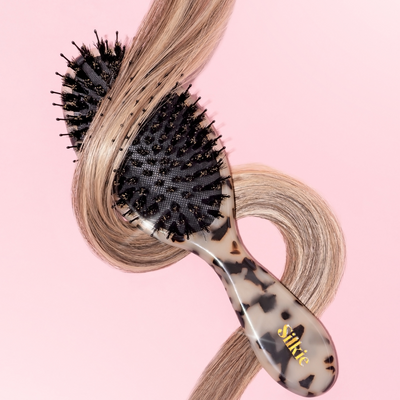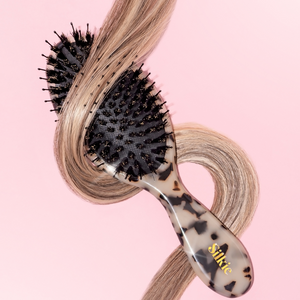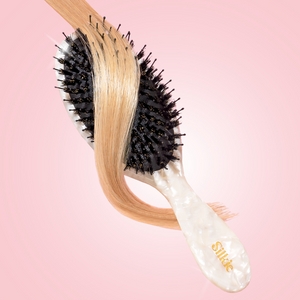Is Your Hairbrush Damaging Your Hair? Here’s How to Tell
Your hairbrush is a staple in your daily routine, but could it secretly be causing more harm than good? The wrong brush—or even the right brush used incorrectly—can lead to breakage, frizz, and long-term damage. If your hair isn’t as healthy as you’d like, your brush might be the culprit. Here’s how to tell if your hairbrush is damaging your hair and what you can do to fix it.
Signs Your Hairbrush Might Be Hurting Your Hair
1. You’re Seeing Excessive Breakage
If you notice tiny, broken strands of hair in your sink, on your clothes, or tangled in your brush, that’s a red flag. A harsh or low-quality brush can pull at your strands instead of gliding through them, leading to breakage.
2. Your Hair Looks Frizzy After Brushing
Brushing should smooth your hair, not make it puff up like a cloud of static. If your brush creates frizz instead of taming it, it may be generating too much friction. Brushes with plastic bristles or rough edges can cause this issue.
3. Your Scalp Feels Sore or Irritated
A good brush should feel soothing on your scalp, not painful. If brushing your hair causes discomfort, your brush may have overly stiff bristles or sharp tips that scrape against your scalp. This can lead to irritation and even hair thinning over time.
4. Your Ends Are Constantly Splitting
Split ends are a sign of weakened, brittle hair. While heat styling and chemical treatments are common culprits, your brush could also be accelerating damage. If your ends always seem frayed no matter how much you trim them, your brush might be too rough on your hair.
Choosing the Right Hairbrush for Healthy Hair
1. Opt for Boar Bristle Brushes for Gentle Styling
Boar bristle brushes, like the Silkie Boar Bristle Brush, are ideal for distributing natural oils, reducing frizz, and minimizing breakage. They glide smoothly through the hair, making them perfect for daily use.
2. Use Wide-Tooth Combs for Wet Hair
Brushing wet hair with the wrong tool can cause serious breakage. Instead, use a wide-tooth comb or a detangling brush designed for wet hair to gently remove knots without snapping delicate strands.
3. Match Your Brush to Your Hair Type
Not all brushes are created equal! If you have thick, curly hair, a paddle brush or a detangling brush with flexible bristles works best. For fine hair, a soft-bristle brush is the way to go. Understanding your hair’s needs ensures you’re using the best brush for it.
4. Replace Your Brush When It Wears Out
A worn-out brush with missing or bent bristles won’t do your hair any favors. If you’ve been using the same brush for years, it might be time for an upgrade.
Final Thoughts
Your hairbrush should be a tool that helps—not hurts—your hair. If you’ve noticed breakage, frizz, or discomfort while brushing, it might be time to switch to a gentler, more hair-friendly option. Investing in high-quality brushes, like those from Silkie, ensures that every stroke supports healthier, shinier locks.
Ready to upgrade your haircare routine? Shop Silkie’s collection of premium brushes here and treat your hair to the care it deserves!

